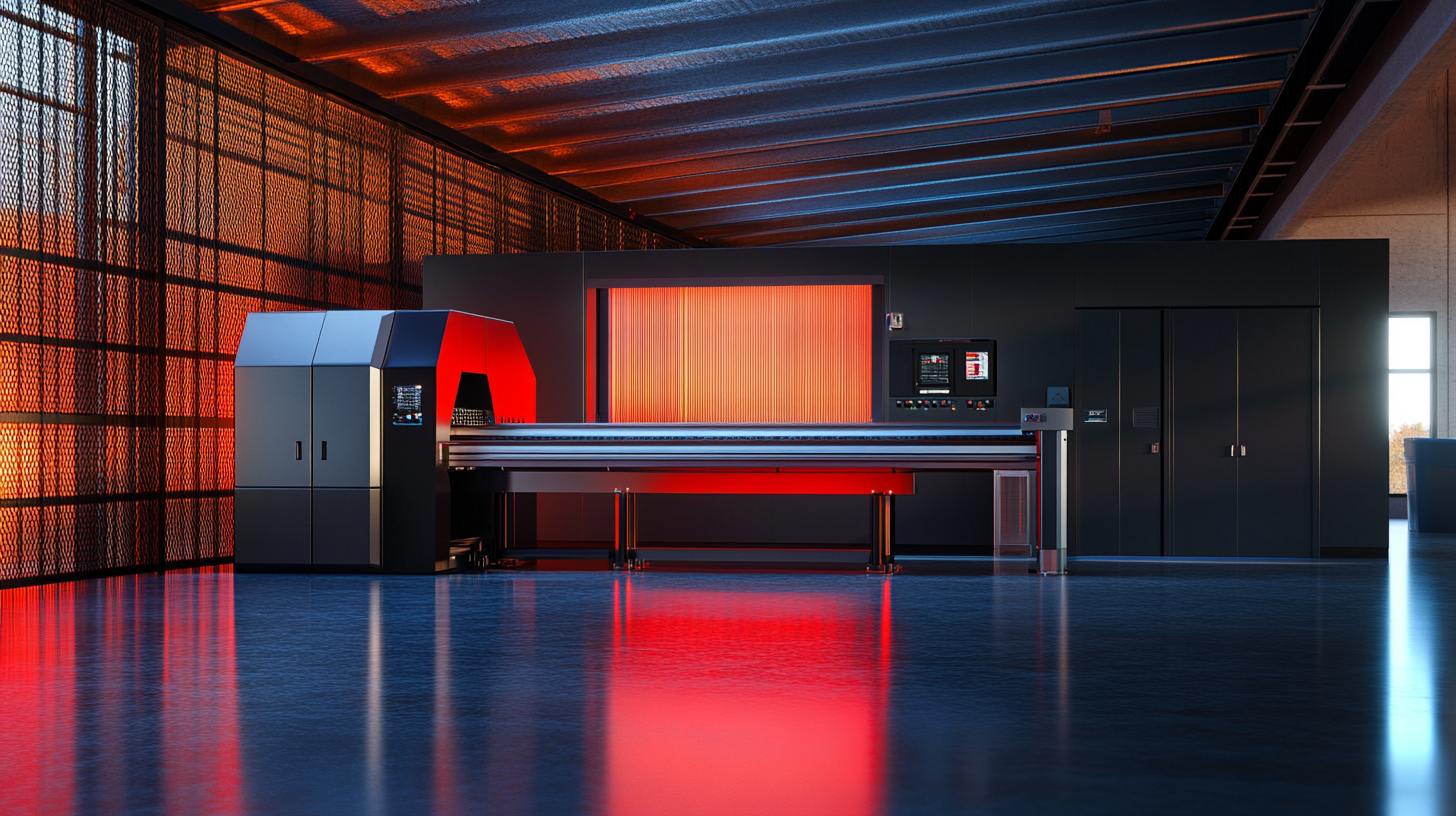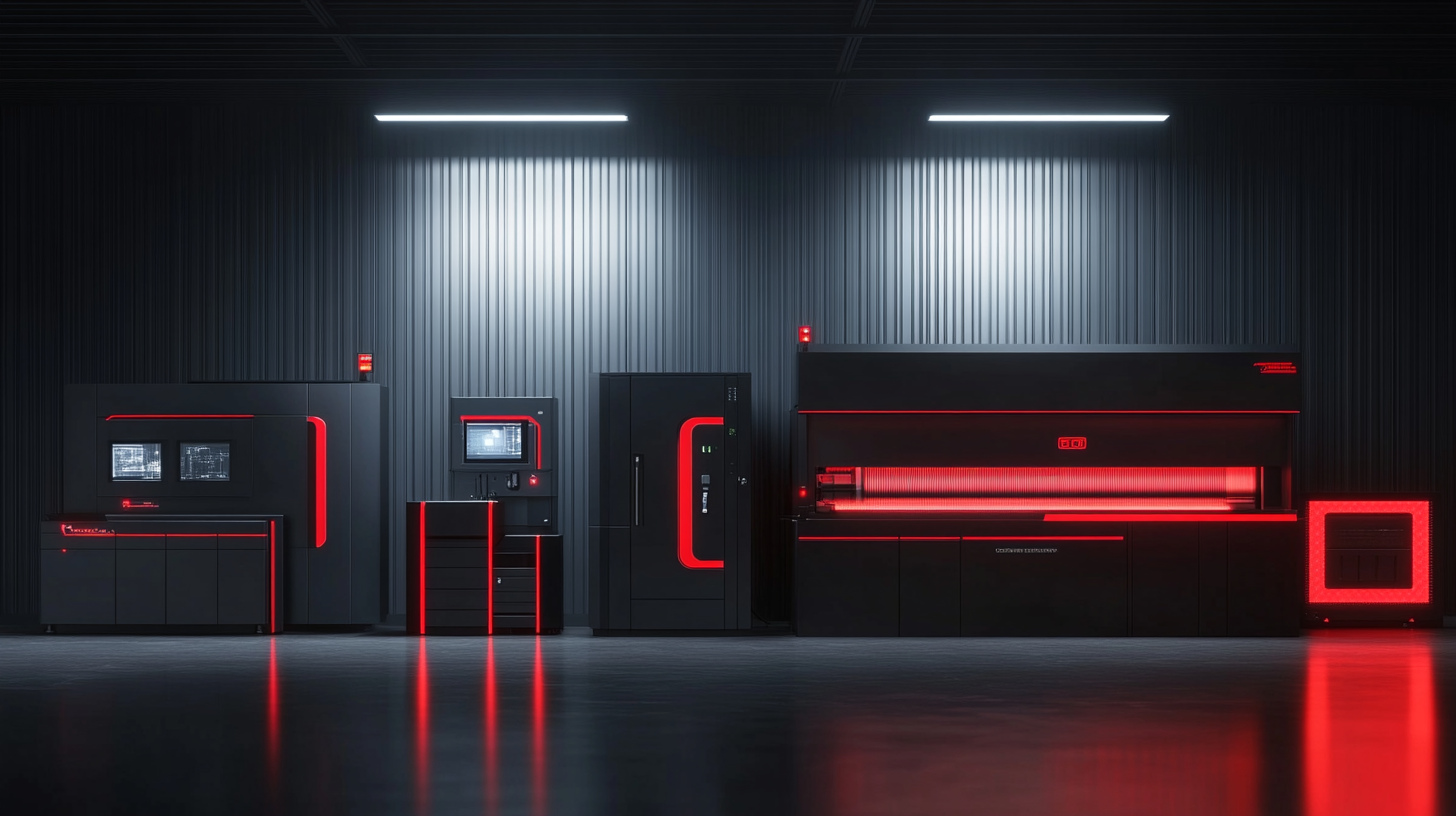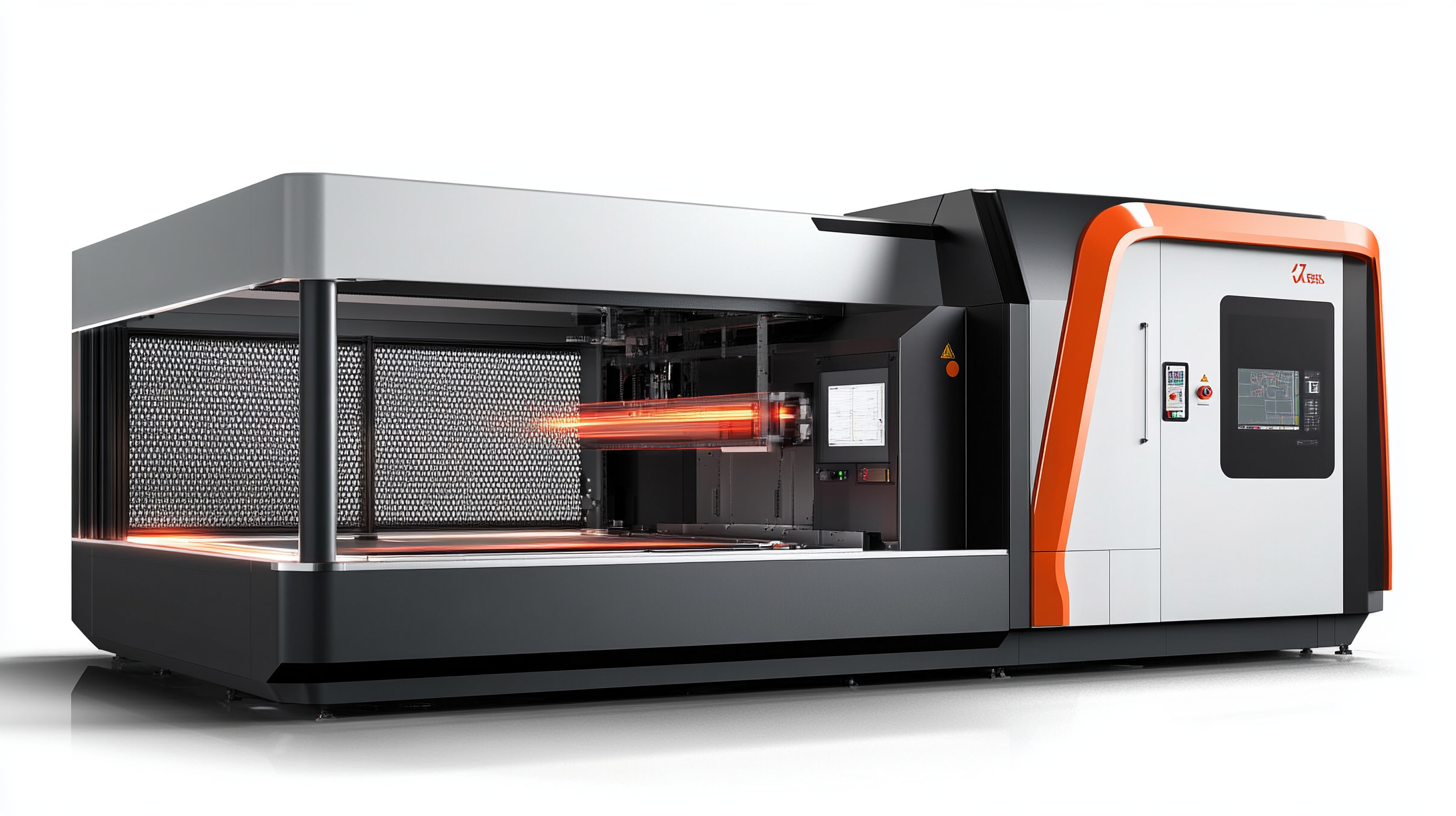© 2025 Messer Cutting Systems, Inc.
In recent years, fiber laser technology has revolutionized the manufacturing landscape, offering unprecedented precision and efficiency across various applications. According to a report by Research and Markets, the global fiber laser market is projected to reach $4 billion by 2026, driven by its growing adoption in sectors such as automotive, aerospace, and electronics. This surge can be attributed to the fiber laser's superior cutting speed and exceptional beam quality, enabling manufacturers to enhance productivity and reduce operational costs.
Selecting the right fiber laser for your manufacturing needs is crucial to optimizing performance and staying competitive in a rapidly evolving industry. With diverse options available, including different wattages, configurations, and functionalities, making an informed choice can seem daunting. A study conducted by MarketsandMarkets indicates that the increasing demand for precision cutting and engraving processes is prompting manufacturers to invest heavily in fiber laser systems. This guide aims to simplify the selection process, providing insights into the factors that influence the choice of fiber laser, ensuring that businesses can leverage this advanced technology to achieve their manufacturing goals effectively.

Fiber lasers have revolutionized the manufacturing sector, offering significant advantages that enhance productivity and efficiency. A recent report by MarketsandMarkets predicts that the global fiber laser market will grow from $1.1 billion in 2020 to $2.7 billion by 2025, showcasing a CAGR of 19.2%. This growth is primarily driven by the versatility and precision of fiber lasers in various applications, including cutting, welding, and marking.
One of the key features of fiber lasers is their ability to deliver high power density, which results in faster processing speeds and improved quality of the finished products. According to a study by Research and Markets, fiber lasers can operate at higher efficiencies—up to 30%—compared to traditional CO2 lasers. This increased efficiency translates to lower operational costs and reduced energy consumption, making fiber lasers an attractive option for manufacturers looking to optimize their processes.
In addition to their power and efficiency, fiber lasers are known for their longevity and minimal maintenance requirements. With an operational life that can exceed 100,000 hours, fiber lasers significantly reduce downtime and the need for frequent replacements. This reliability is supported by findings from the Laser Institute of America, which emphasize that the reduced maintenance makes fiber lasers exceptionally cost-effective over time. As manufacturers seek to enhance their competitive edge, understanding the features and benefits of fiber lasers is crucial in selecting the right system tailored to their specific needs.

When it comes to selecting the right fiber laser for manufacturing, understanding the different types and their applications across various industries is crucial. Fiber lasers are known for their efficiency and precision, making them ideal for a range of tasks. The two primary types of fiber lasers are continuous wave (CW) and pulsed fiber lasers, each suited for different applications. Continuous wave lasers provide a steady beam of light, ideal for cutting and welding metals, while pulsed lasers deliver energy in short bursts, perfect for marking, engraving, and processing delicate materials.
In the automotive industry, fiber lasers are extensively used for cutting complex components and welding parts with high accuracy. The ability to perform at high speeds with minimal heat Affected Zone makes them a preferred choice for manufacturers aiming to enhance productivity and quality. Similarly, in the medical sector, fiber lasers are utilized for precise surgeries as well as the manufacturing of medical devices, where the precision of the cut and the smallest possible thermal impact are vital.
Another prominent application is in the electronics industry, where fiber lasers are used for micro-machining and surface marking. Their fine beam quality allows for intricate designs on circuit boards and other electronic components. Furthermore, the aerospace sector benefits from fiber lasers for lightweight material cutting and joining applications, ensuring structures remain robust while minimizing weight. Understanding these applications can greatly inform manufacturers when selecting the right fiber laser for their specific needs.
When selecting the right fiber laser for your manufacturing needs, several critical factors come into play that can significantly impact your operations. One of the foremost considerations is the power output of the laser. According to a report from the Markets and Markets research firm, the global fiber laser market is projected to grow from $1.9 billion in 2020 to $3.5 billion by 2025, driven by the increased demand for high-power lasers in industrial applications. Choosing a fiber laser with adequate power is crucial for efficiently cutting through various materials, particularly metals, which typically require lasers ranging from 1 kW to 6 kW depending on thickness.
Another vital factor is the wavelength of the fiber laser, which influences the material interactions and, consequently, the cutting quality. Fiber lasers, generally operating at a wavelength of 1080 nm, are particularly effective for welding and cutting metals due to their excellent absorption rates. A study published by the Laser Institute of America highlighted that using fiber lasers can enhance manufacturing productivity by approximately 30% compared to traditional CO2 lasers, thanks to their ability to process faster and with less energy consumption.
Finally, considering the cooling requirements and maintenance of the fiber laser is essential for long-term operational efficiency. As noted in a 2021 report by Technology Insights, regular maintenance can significantly reduce downtime; systems equipped with advanced cooling technologies can prevent overheating and prolong the life of the equipment. Investing in a fiber laser with efficient cooling systems can save manufacturers both time and money, reinforcing the importance of making an informed choice in this pivotal area of manufacturing technology.

When considering the integration of a fiber laser into your manufacturing operations, the cost-effectiveness of these machines is a crucial factor. The initial investment for fiber lasers may seem steep compared to traditional CO2 lasers; however, the long-term operational savings can justify this expenditure. Fiber lasers are known for their impressive efficiency, converting up to 30% of electrical energy into laser output, which significantly reduces operational costs over time. This efficiency translates into lower energy bills, a crucial advantage for manufacturers focused on maximizing profit margins.
Moreover, fiber lasers typically require less maintenance than their counterparts due to fewer moving parts and a solid-state design. This reliability means reduced downtimes and lower service costs, allowing businesses to allocate resources more effectively. Additionally, the speed and precision with which fiber lasers operate contribute to a quicker turnaround for production tasks, ultimately leading to increased productivity. As manufacturing demands evolve, the reduction in waste material and superior cutting quality offered by fiber lasers further solidifies their place as a cost-effective solution in today's competitive landscape. Investing in a fiber laser is not merely a purchase; it is a strategic decision that can yield significant operational savings in the long run.
When selecting a fiber laser for your manufacturing needs, maintenance and support play a crucial role in ensuring the longevity and efficiency of the system. Fiber lasers are known for their high precision, speed, and versatility, making them an essential choice in various industrial applications. According to a recent industry analysis, the fiber laser market is expected to reach $2.5 billion by 2025, growing at a CAGR of 11.3%. This growth emphasizes the need for manufacturers to invest not only in robust laser technology but also in comprehensive maintenance plans to maximize their investment.
Regular maintenance of a fiber laser involves routine inspections and cleaning, which can significantly enhance its performance and lifespan. A well-maintained laser system can deliver accuracy levels of ±0.01 mm, allowing manufacturers to meet stringent production standards. Furthermore, experts recommend that users engage with suppliers who provide ongoing support, including software updates and troubleshooting assistance. A report from the Laser Institute of America indicates that having a dedicated support team can reduce downtime by up to 30%, ultimately leading to increased productivity and cost savings.
Incorporating a virtual reality system, such as an immersive projection space, can also enhance training and support for technicians overseeing fiber laser operations. By utilizing high-resolution projection technology along with 3D graphics, manufacturers can create engaging training environments that improve understanding of complex maintenance procedures. As technology continues to evolve, ensuring that your workforce is adequately trained and supported is paramount for the successful long-term operation of fiber laser systems.
© 2025 Messer Cutting Systems, Inc.